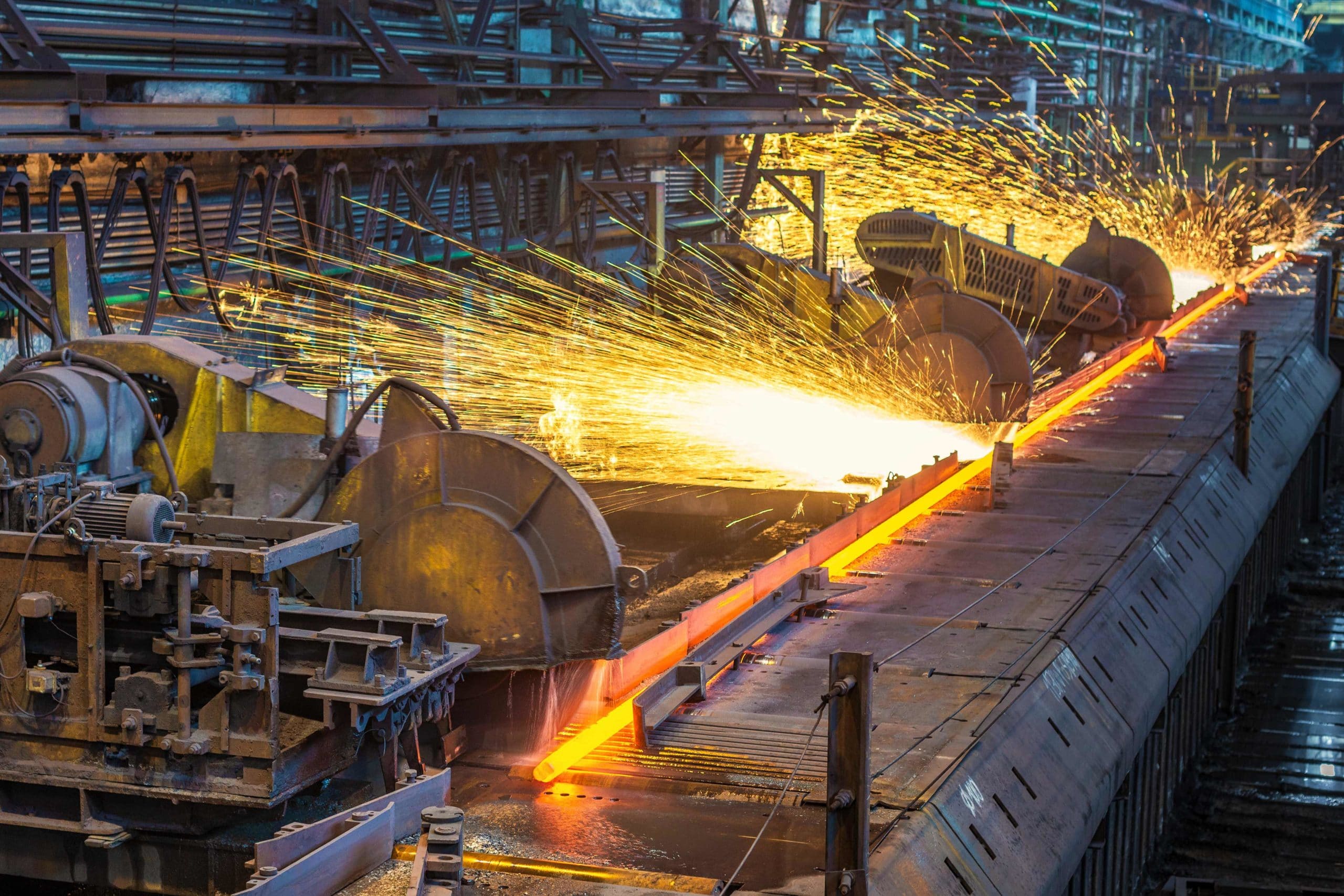The Iron and Steel Industry: Current Trends and Future Directions in 2024
The iron and steel industry has long been a cornerstone of global manufacturing, serving as a critical driver of economic development and technological advancement. As we move through 2024, this sector is undergoing significant transformations, influenced by a combination of economic, environmental, and technological factors. In this article, we will explore the current state of the iron and steel industry, highlighting key trends, challenges, and opportunities.
Overview of the Iron and Steel Industry
The iron and steel industry is crucial to a wide range of sectors, including construction, automotive, machinery, and energy. Steel, derived from iron ore, is a primary material for building infrastructure and manufacturing products. The industry is characterized by its large-scale operations, which include mining, smelting, refining, and manufacturing.
Production Statistics
As of 2024, the global production of crude steel has seen a slight recovery after the downturn caused by the COVID-19 pandemic. According to the World Steel Association, global crude steel production reached approximately 1.9 billion tons in 2023, with projections for 2024 indicating a potential growth rate of 2% to 3%. China continues to dominate the market, accounting for nearly 55% of global production, followed by India, Japan, and the United States.
Key Trends Shaping the Industry
1. Sustainability and Decarbonization
One of the most significant trends affecting the iron and steel industry is the push for sustainability and decarbonization. The sector is among the largest industrial sources of greenhouse gas emissions, contributing around 7% of global CO2 emissions. In response, many companies are investing heavily in green technologies, such as hydrogen-based steelmaking and carbon capture and storage (CCS). By 2024, several pilot projects using hydrogen direct reduction processes are being implemented, particularly in Europe and North America, aiming to significantly reduce carbon footprints.
2. Digital Transformation
The integration of digital technologies is revolutionizing the iron and steel industry. Smart manufacturing, driven by the Internet of Things (IoT), artificial intelligence (AI), and big data analytics, is enabling companies to optimize production processes, enhance quality control, and reduce waste. In 2024, an increasing number of steel manufacturers are adopting digital twins—virtual replicas of physical systems—to simulate and optimize operations in real-time. This shift is not only improving efficiency but also paving the way for predictive maintenance and improved safety measures.
3. Supply Chain Resilience
The COVID-19 pandemic exposed vulnerabilities in global supply chains, prompting the iron and steel industry to reevaluate its sourcing strategies. In 2024, there is a noticeable trend towards localized supply chains and increased investments in domestic production capabilities. Companies are seeking to diversify their supplier base and invest in sustainable sourcing practices to ensure greater resilience against geopolitical tensions and economic fluctuations.
4. Circular Economy Initiatives
The shift towards a circular economy is gaining momentum within the iron and steel sector. Companies are increasingly focused on recycling and repurposing scrap steel, which not only reduces the demand for virgin materials but also minimizes waste. In 2024, it is estimated that around 70% of steel production will involve recycled materials, highlighting the industry’s commitment to sustainable practices. Advanced recycling technologies are also being developed to enhance the quality of recycled steel, making it a viable alternative to traditional methods.
Challenges Facing the Industry
Despite the positive trends, the iron and steel industry faces several challenges that could hinder growth and innovation.
1. Rising Energy Costs
Energy consumption is a significant factor in steel production, accounting for around 30% of production costs. In 2024, rising energy prices—exacerbated by geopolitical tensions and fluctuations in oil and gas markets—pose a threat to profitability. Companies are increasingly looking for alternative energy sources, such as renewables, to mitigate these costs and enhance sustainability.
2. Regulatory Pressures
As governments worldwide implement stricter environmental regulations, the iron and steel industry must adapt to comply with new standards. In 2024, various regions are implementing carbon pricing mechanisms and emissions trading schemes, forcing companies to invest in cleaner technologies. Failure to comply with these regulations could result in substantial financial penalties and reputational damage.
3. Labor Shortages
The industry is also grappling with labor shortages, particularly in skilled positions. As experienced workers retire, there is a pressing need to attract and retain talent. In 2024, companies are focusing on workforce development programs and partnerships with educational institutions to build a pipeline of skilled workers equipped to handle advanced technologies.
Future Outlook
Looking ahead, the iron and steel industry is poised for a period of transformation driven by sustainability, technological innovation, and changing consumer demands. The global emphasis on reducing carbon emissions will likely accelerate the adoption of new technologies and practices that prioritize environmental responsibility.
As we progress through 2024 and beyond, stakeholders in the iron and steel industry must remain agile, embracing change and innovation while addressing the challenges that lie ahead. The ability to adapt will determine not only the survival of individual companies but also the future of the industry as a whole.
Is Having Children in China the Newest Fear? Find Out Why! | Maya (mayathevoice.com)
Innovation as a Catalyst
To remain competitive, stakeholders must prioritize innovation. This means not only adopting new technologies but also fostering a culture of adaptability and continuous improvement. Companies that embrace change will be better positioned to meet the evolving demands of customers and regulators alike.



